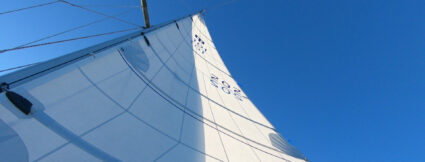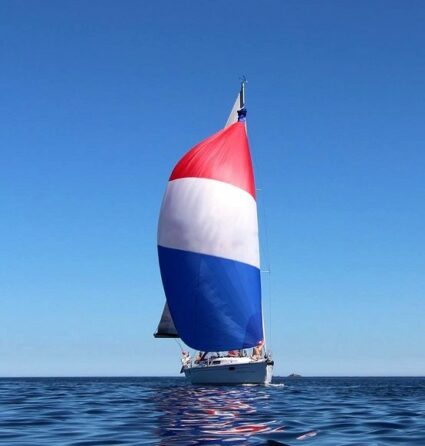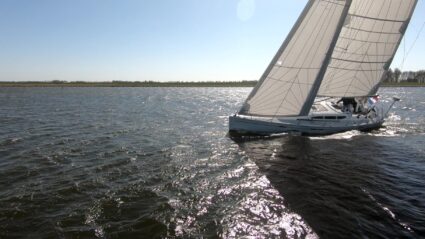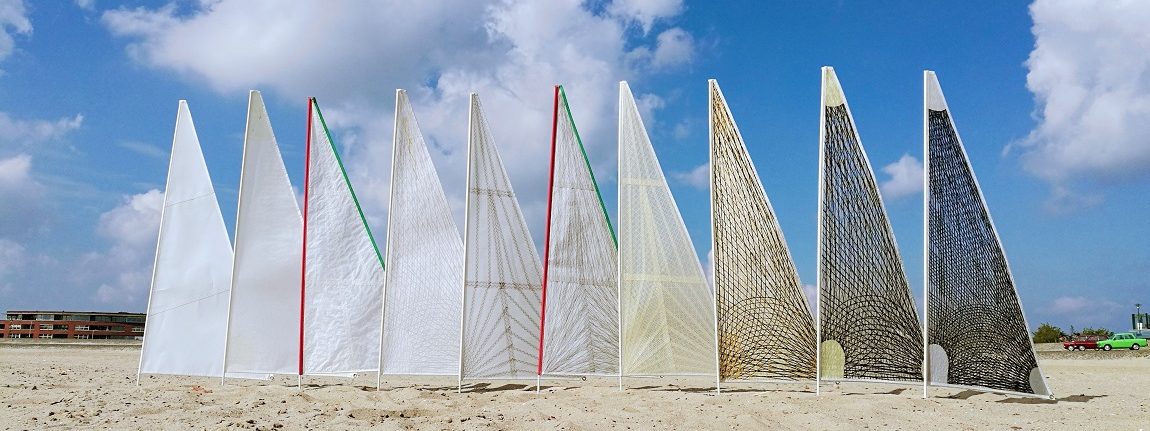
Sails for every sailboat
Bespoke mainsails, headsails and light weather sailsNotice that your sail is no longer performing optimally? Is your speed dropping, or are you having trouble sailing sharply downwind? Then it's time for a new sail.
A good sail not only increases sailing pleasure but also safety on board. At Zeilmakerij De Vries Maritiem we have been making high-quality sails since 1830. mainsails to spinnakers.
The right sail for your purpose
Every boat, cruising area and sailing style requires a different type of sail. Whether you tour recreationally, travel far afield or want to maximize your performance we will help you choose the perfect sail.
Cut of the sail
The cut determines how the webs of the fabric are placed and has a major impact on performance and longevity.
1. CROSS- CUT
Sails with horizontal courses, ideal for the touring sailor. Budget-friendly and suitable for a wide range of applications.
2. TRI-RADIAL
Ideal for performance sailors. The courses are placed so that the tensile forces are optimally distributed for the best shape and least stretch.
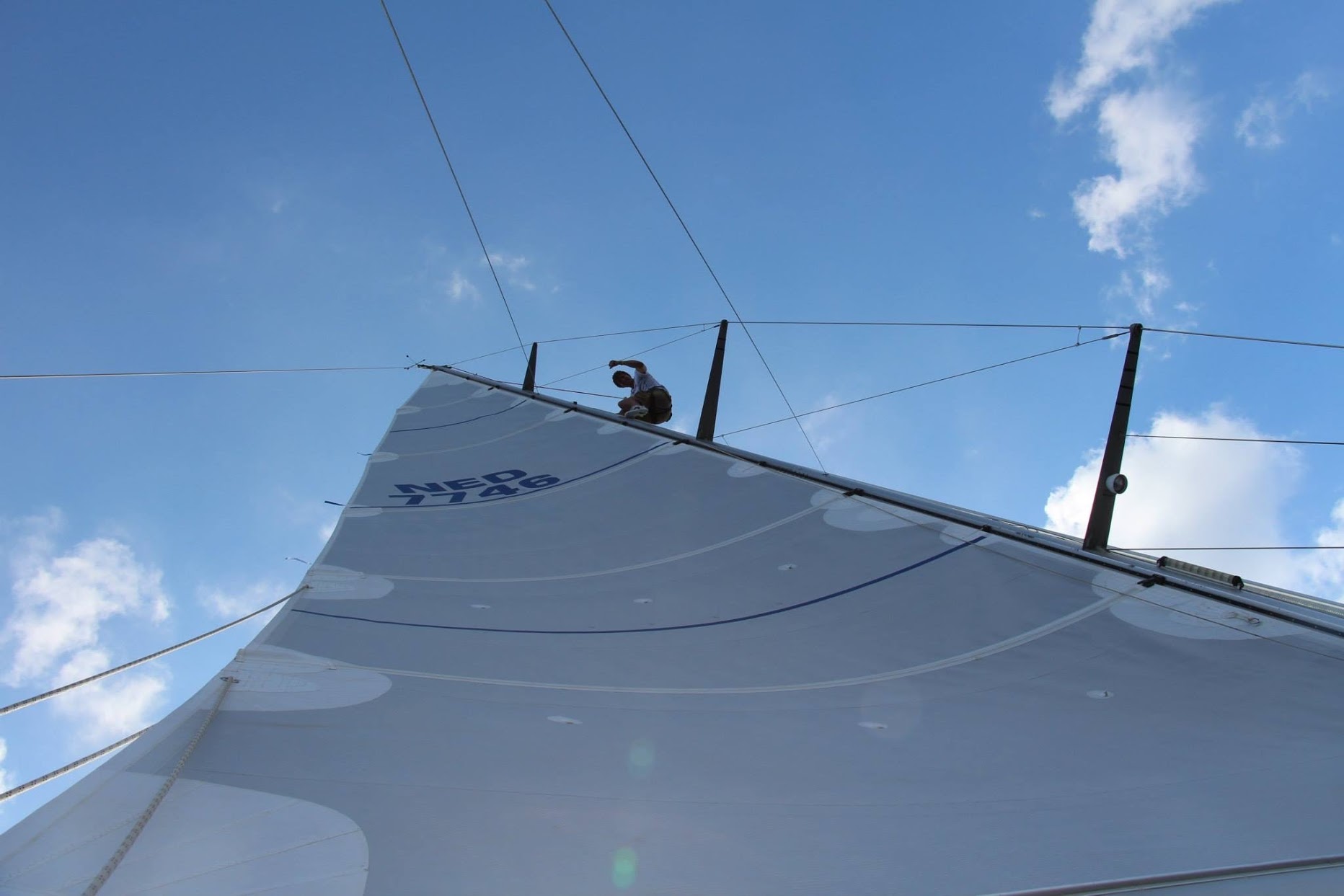
| Cut | Features | Ideal for |
| Cross-Cut | Horizontal webs, strong and affordable | Touring sailors and recreational use |
| Tri-Radial | Radial webs distribute tensile force optimally | Performance or competitive sailors |
Our fabrics
Dacron
- Advantages: hard-wearing, UV-resistant, affordable
- Ideal for: touring sailors who want a reliable, low-maintenance sail
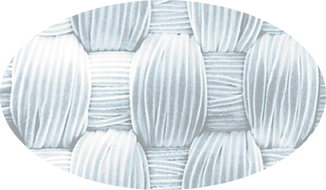
DCX
- Advantages: shape-retaining, durable, light stretch
- Ideal for: performance sailors seeking excellence
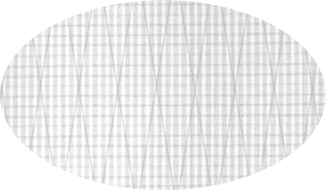
Nautosphere Voyager
- Advantages: very strong, non-stretchable, resistant to harsh conditions
- Ideal for: departures and long-distance sailors
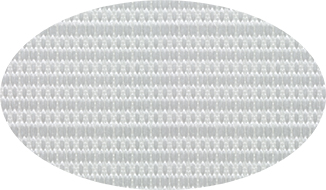
Hydranet Radial
Ideal for: sailors who want to combine speed and robustness
Advantages: minimum stretch, maximum shape retention
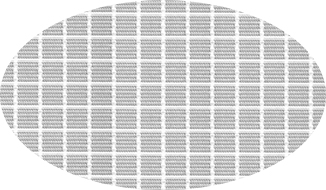
Sail types at De Vries Maritiem
With us you can have all types of sails made completely customized to suit your boat and sailing style.
| Sail Type | Short description | More info |
| Mainsail | The main sail at the mast. Available as conventional, furling mainsail or gaff mainsail. | More about Great Sails |
| Headsail | Genoa, jib, high-aspect breeding or storm jib - each for different wind strengths. | More about Headsails |
| Lightweather sail | Code Zero, spinnaker or gennaker - perfect in light winds. | More about light weather sailing |
How do you choose the right sailcloth?
1️⃣ Define your sailing style - touring, performing or distant travel.
2️⃣ Choose the canvas Based on strength, weight and elongation (Dacron, DCX, Hydranet).
3️⃣ Get advice by our sailmakers for the best combination with your vessel.
So you get a sail that does exactly what you want - season after season.
Buy sailboat sail? Get an instant price quote.
Are you thinking about buying sails? Don't wait any longer and request a free quote or contact us for more information.
The price ranges from € 1200 to € 3500 depending on type, size and cloth. Special sails such as spinnakers or gennakers are more expensive due to the material used.
Average 15-20 years, depending on use and maintenance. Proper cleaning and dry storage prolongs the service life considerably.
Dacron is hard-wearing and affordable, Hydranet contains Dyneema fibers making it stronger and more dimensionally stable.
When it loses its shape, cracks or the boat stops sailing well downwind.
Rinse off salt and sand after sailing and have them checked annually by a sailmaker.
Learn more about sailing
Contact a specialist now.
